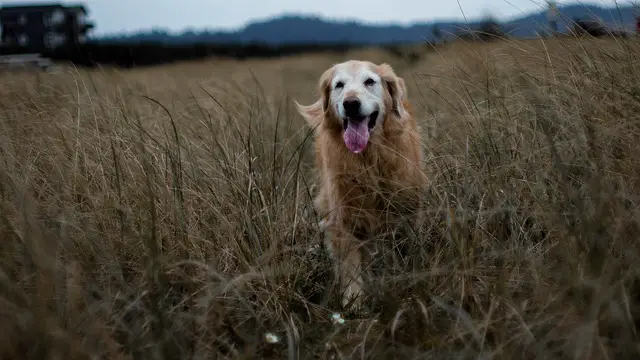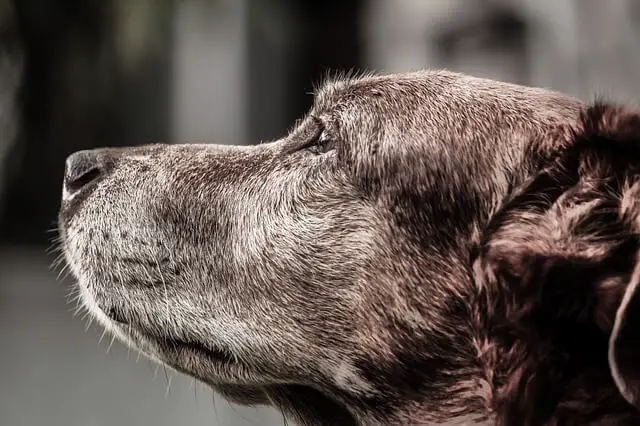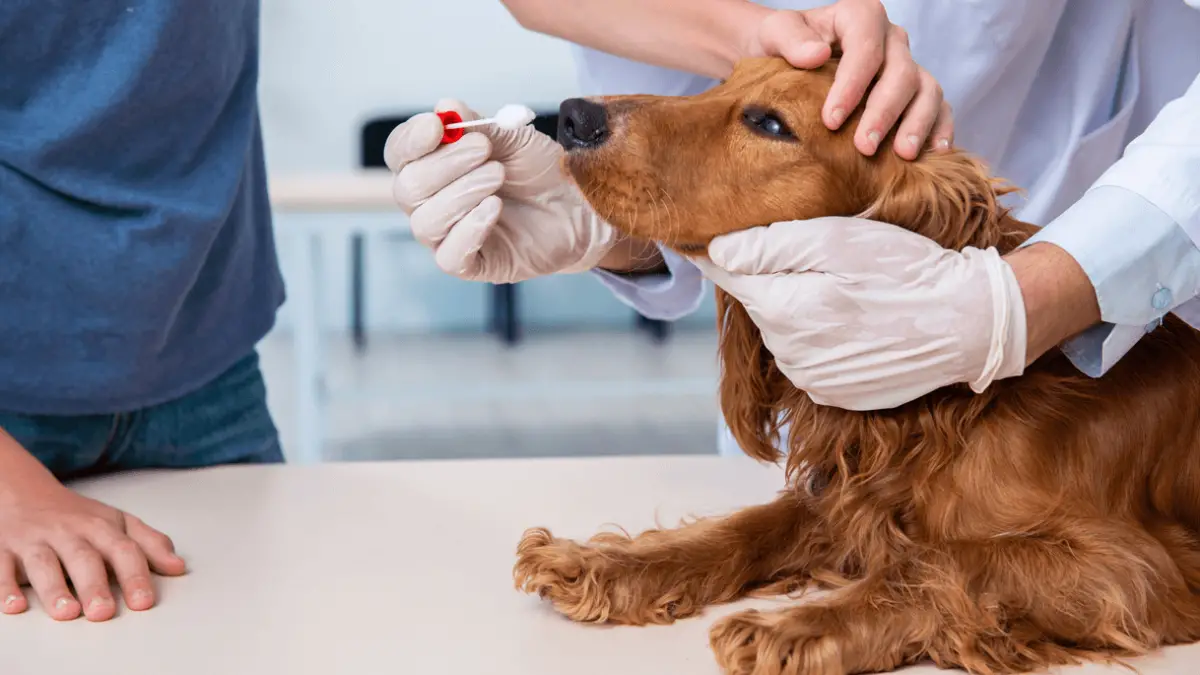Cushing's Disease In Dogs: What You Need To Know
17.12.2020.
Taking care of our dog’s health is easily one of the most important jobs we as dog owners need to do, but dog owners often fail to realize there is something wrong with their dog when it comes to Cushing’s disease.
We shouldn’t be too hard on ourselves because Cushing's disease symptoms are often confused with old age, and when we do notice something is wrong, the disease is usually in a late stage. Some breeds are especially prone to this problem, but that doesn’t mean your dog cannot be affected by CD. Here is what you need to know about Cushing's disease as a dog owner.
What is Cushing's disease?
According to the VCA, Cushing's disease, or Cushing's disorder, is a “condition in which the adrenal glands overproduce certain hormones.” The exact medical term for this disorder is hyperadrenocorticism, and there are three leading causes of this disease. They are all potentially deadly and extremely serious conditions. The three leading causes of CD are pituitary gland tumor, adrenal gland tumor, prolonged steroid use.

Pituitary gland tumor
The pituitary gland tumor is the most common cause of Cushing's disease, and it is believed that it causes about 85 - 90 percent of all CD cases worldwide. This is a condition in which the pituitary gland is affected, and the tumor causes it to overproduce the ACTH hormone. Overproduction of that hormone causes the adrenal gland to overproduce cortisol. Depending on the size of the tumor, the vet will recommend treatment options.
Pituitary gland tumor size
The size of the pituitary gland tumor will have a direct impact on the dog’s health. This tumor can be tiny, or it can be large. If the tumor is small and benign, the dog can live a happy and long life if they remain on cortisol medications. If the tumor is large, it can affect the brain, which can trigger different neurological problems. Around 15% of cases end up with large or growing tumors.
Adrenal gland tumor
The second cause of Cushing’s disease is the adrenal gland tumor, where the adrenal gland itself is overproducing cortisol because of the effects the tumor has on it. The tumors can be benign or malignant, and in both cases, surgery will be a viable option. The difference is that a benign tumor is usually the end of Cushing's disease for dogs. Still, if it is a malignant tumor, the surgery usually doesn’t completely cure the dog.

Prolonged use of steroids
The third type of Cushing's disease is called iatrogenic Cushing's disease, and it is caused when a dog has excessive exposure to steroid-based medications. There are many conditions that steroids can help with, but prolonged exposure can backfire and cause the dreaded Cushing's disease. Luckily, this problem usually gets resolved when steroid exposure ends.
Symptoms of Cushing's disease
Possibly the most important thing to know is that Cushing's disease usually affects dogs that are older than eight years. If your dog is in that age group, there are signs and signals you should keep an eye on. Because these symptoms are often confused with old age, dog owners often overlook them. By the time the vet check-up happens, the disease is usually developed. Keep an eye on all of these symptoms combined:
- Panting
- Coat thinning and hair loss
- Skin infections
- Enlarged abdomen (potbellied appearance)
- Increased thirst
- Increased appetite
- Increased urination
- Decreased activity
Older dogs are usually less active and can lose hair. When the reason for these symptoms is old age, they will rarely ever manifest together.

Dog breeds prone to Cushing’s disease
Some dog breeds have a natural tendency to develop CD, and if you are an owner of any of those breeds, keep an eye on Cushing’s symptoms. This doesn’t mean that any of them will develop it; it is just a good idea to discover it early. Those breeds are:
- Beagle
- Labrador
- Poodle
- Dachshund
- Boxer
- American Staffordshire Terrier
- Yorkshire Terrier
- Boston Terrier
- German Shepherd
- American Eskimo Dogs
- Australian Shepherd
- Maltese
- Cocker Spaniel
If you have one of these dogs or even a mix of these breeds, keep a close eye on symptoms and signs that might point you in the direction of Cushing’s.
Treatment options
Cushing’s disease is a treatable condition. Several treatment options are available, and your vet will let you know which the best option for your dog is. Their recommendation will be based on different tests and diagnosis techniques they will use to check your dog. For each of the three causes, treatment is specially planned and decided upon. The two most common treatment options are surgery and medications.

Surgery treatment
Surgery is usually recommended if the pituitary or adrenal gland tumor causes Cushing’s disease. Depending on the type and size, the vet will recommend surgery. However, this is a complicated procedure that not all vets are equipped to do.
These procedures are still being studied and developed, and they can be risky since the pituitary gland is so close to the brain. Adrenal tumor surgery is usually a safer option, and it is the only way that this disease can be eradicated. If surgery is not an option, the vet will most likely recommend medication.
Medication treatment
If the tumor is small, and there is no need for surgery, the vet will most likely prescribe a medicine called vetoryl (trilostane). It is a drug that has been approved by the FDA in 2008, and it is the only drug that can be used to control both tumors.
Unfortunately, this is not a medication that will completely get rid of Cushing’s disease in dogs. It will help you and your vet control the problem, and with regular monitoring and tests, your dog can live a healthy and long life.
Both treatment options are rather expensive. Many dog owners don’t have the necessary means that would allow them to pay for the full treatment. That is why detecting the problem early is vital, and dogs with an early diagnosis have better chances of leading a long life.
World Dog Finder team







Share